Dog breeds: description and selection
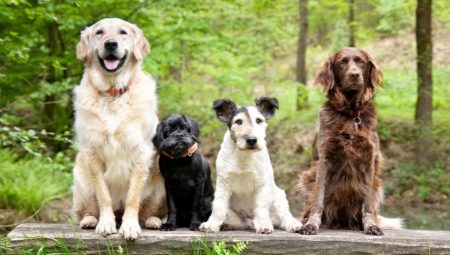
Dogs have been human companions for thousands of years. They accompany him in big cities and small villages, in the mountains and forests, in times of peace and war. Therefore, it is important to understand what breeds exist, where and how they can be used.
How many breeds are there?
The answer to this question is very difficult, even if we take into account all the information of modern zoology and taxonomy. Moreover, each breed has several colors, and the sizes of individuals can vary greatly. The earliest known dogs originally served as a watchman and hunting assistant. Later, they began to be divided according to specific tasks. The area of application of individual breeds has changed markedly over time, sometimes more than once.
It is not possible to establish a definitively exact number of breeds for another reason. Namely, because cynological associations of different countries give different estimates of their number. It's all about the application of dissimilar criteria, and in many ways also about partiality towards national priority. The World Cynological Federation has compiled a list of approximately 400 breeds. But this list is replenished, because new breeds are periodically bred.
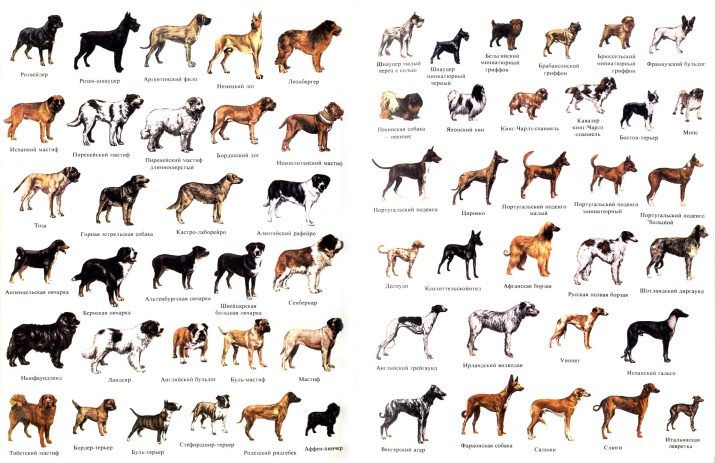
Classification
One way or another, but the need to streamline and systematize dog breeds arose long ago. The very first division, predictably, turned out to be a gradation by functional purpose. The most widespread group of four-legged pets are guard dogs. Their size is not necessarily large (contrary to popular stereotype), but in any case, they have a few things in common:
flexible disposition towards the owners;
easy passage of training;
the obligation of correct upbringing and systematic training;
high intellectual level.
The latter circumstance directly depends on whether the pet will be able to recognize a dangerous situation and respond correctly to an outwardly similar, but harmless, coincidence of circumstances. For a long time, herding dogs played an equally important role in human life. For them, in addition to intellectual qualities, the skills of tracking herds are also significant. Such "service" traditionally selected rather brave animals who would be ready to engage in battle with an aggressive predator.
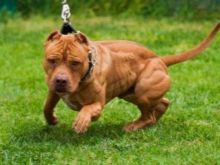
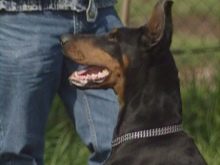
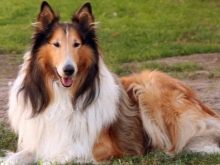
If among shepherd animals shepherd dogs dominate undividedly, then burrowing dogs, with rare exceptions, are terriers. Despite the decrease in the popularity of burrowing hunting to a minimum, they remain in demand due to:
significant energy;
vigorous temperament;
suitability for keeping in a big city.
Taken together, these qualities make such breeds excellent companions.
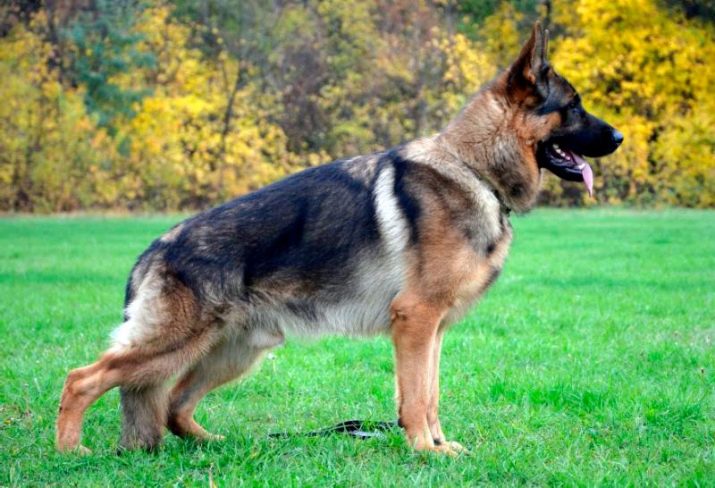
The next category is the so-called primitive, they are also indigenous or aboriginal, breeds. There is nothing offensive about the word "primitive" here. The point is that the role of human intervention in the formation of such types is relatively small. It boiled down to the selection of certain animals by the nomadic peoples of the northern regions of Eurasia and North America for the transport of people and goods, for hunting and protection.
Striking examples of aboriginal breeds:
likes;
husky;
spitz.
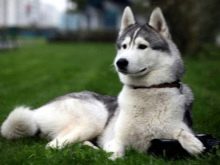
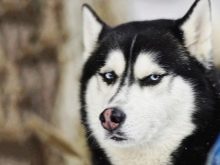
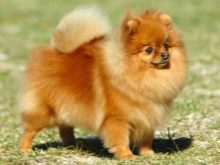
The next group of purebred dogs is the so-called cops. They are characterized by an excellent reaction to what is happening around and an excellent sense of smell.
Good cops have a docile disposition.
This allows us to consider them also excellent companions. Often, representatives of this group of breeds, such as the Setter and Pointer, participate in exhibitions and even win them.
Another group of pets is often used for hunting - hounds. They are able to hunt down various animals and chase them even when fleeing quickly. Decent hounds are different:
dedication;
minimal whimsical content;
self-sufficiency;
a tendency to vagrancy.
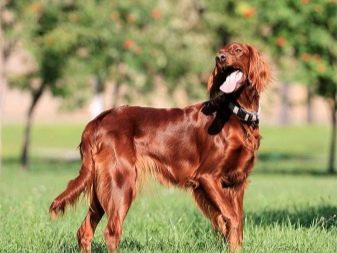
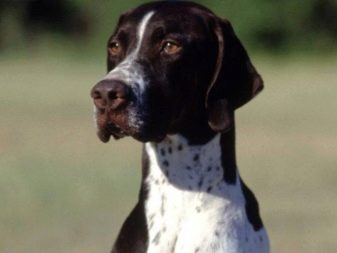
But the true "elite" of hunting dogs are greyhounds. They are characterized by:
endurance;
excessive stubbornness;
beautiful view.
Of the shortcomings, it should be noted that greyhounds are poorly trained.
They bring real benefit only in the hands of experienced owners. The last of the groups generally accepted by the international classification is decorative dogs. For the most part, they are small (although not required).

In different states and individual cynological associations, a different approach to the classification of breeds may be practiced. For practical purposes, breeders sometimes divide their pets by size. Dwarf animals are prized by those who live in a small apartment or a modest home.
Such individuals will not require long walks and can be left alone in the house.
There are many more centenarians among miniature breeds than among large species. True, the problem often becomes:
susceptibility to various diseases;
instability of the psyche;
the need for sophisticated care.
Just small pets (up to 0.4 m at the withers, weighing a maximum of 10 kg) are valued for their friendly disposition, curiosity and human orientation. You can safely take such animals with you for a walk or jog in the park, and even on a long-distance hiking trip. They are kept in houses and apartments, but they are unlikely to be suitable for enclosure maintenance.

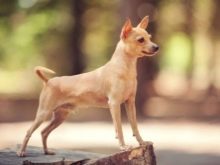
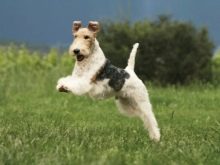
Medium breeds (such as the Fox Terrier) are superbly trainable and make excellent companions for children. But large individuals are used mainly for security, sentry purposes and as shepherds.
The dog's coat also plays an important role.The completely hairless breeds are hypoallergenic, but less frost-resistant than the wire-haired and shaggy varieties. In addition, not all people like them outwardly. Also distinguish:
smooth-haired;
long-haired;
fluffy four-legged.

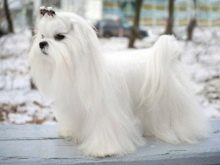
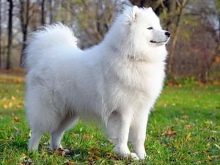
The oldest dogs
The varieties of these animals appeared at different times and under different conditions. Since the beginning of evolutionary research, experts have tried to figure out both how long ago dogs appeared, and which ones are older. But earlier attempts made in the last century have yielded unsatisfactory results. Therefore, it makes no sense to turn to the old literature in search of an answer to this question. It is much better to focus on research done in 2004 by geneticists.
The results of the examination show that they are:
appeared earlier than others;
preserved most of the ancient features;
the closest in terms of genome structure to wild wolves (although this point is optional).
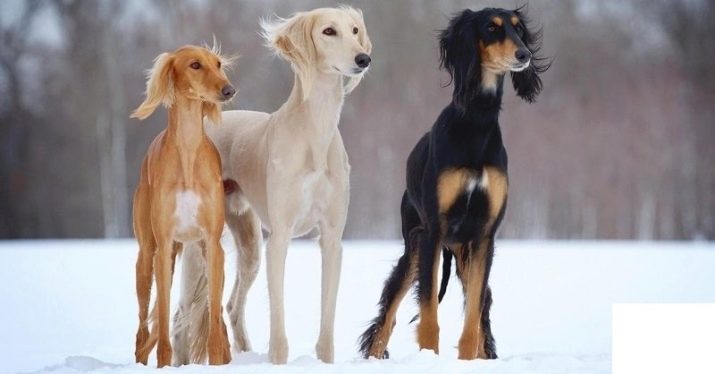
In the II millennium BC, such a breed as the Akita Inu appeared in Japan. Even older are such subspecies as Pekingese, Saluki, Samoyed dog. In the 1st millennium BC, the following were bred:
Afghan hounds;
lhasa;
shiba inu;
Siberian huskies;
Tibetan Terriers;
chow-chow;
shar pei;
shih tzu.
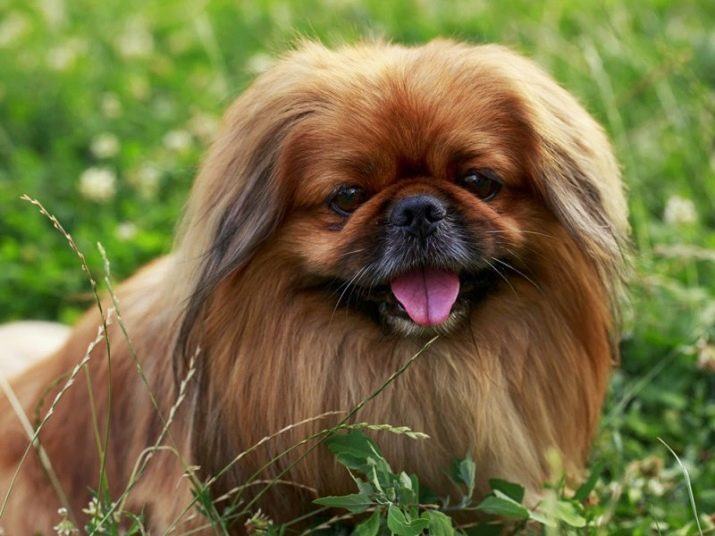
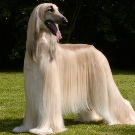
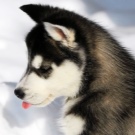
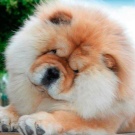
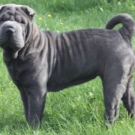
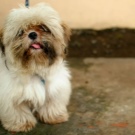
At the second level (slightly later breeds) are:
English bulldogs;
Newfoundlands;
pomeranian spitz;
German Shepherds;
German boxers;
bullmastiffs;
Swiss Mountain Dogs.
There is an assumption that Akita Inu existed for at least 4 thousand years ago. In our country, however, such animals are almost never found. Alaskan Malamutes are another very ancient breed. This is evidenced by the external resemblance to a wolf. And in Africa, Basenji is considered one of the oldest types. Its unusual feature is its inability to bark.
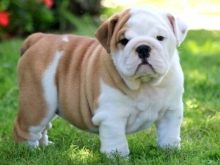
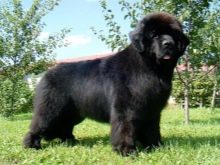
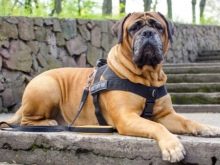
Species at the place of hatching
Listing dog breeds alphabetically is not very appropriate. It is much more correct to distribute them by region of origin.
Italian
Among the animals created in Italy, the tall Neapolitan mastiffs attract attention. Their height reaches 0.65-0.75 m, and their weight ranges from 60 to 70 kg. Such individuals were first used in the ancient Roman period, when fighting dogs were created.
But in comparison with their ancestors, modern Neapolitans are much calmer, they are distinguished by their devotion to their owners.
It was possible to achieve a decrease in their aggressiveness. Despite these positive properties, the breed is not suitable for keeping in homes with small children. The reasons are significant and enormous.
A large physique is also characteristic of the ancient Maremma-Abruzian shepherd dogs. They try to behave with extraordinary dignity. A characteristic feature of shepherd dogs is fearlessness and constant vigilance. Due to their pride, they are not suitable for inexperienced dog breeders. At the withers, these animals grow up to 0.65-0.73 m, their weight can range from 35 to 45 kg.
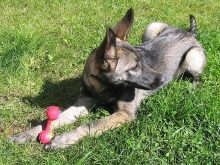
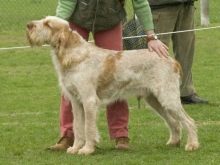
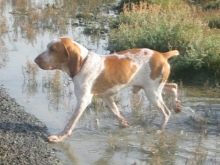
French
In France, many fashionable varieties of dogs have been bred. No one will undertake, of course, to argue about their absolute advantage. However, in any case, they deserve attention. We are talking, for example, about the Bichon Frize (aka French lapdog or Tenerife). Unlike the same basset hounds, the owners will never see sad eyes - the look of these animals is curious.
Tenerife is covered with silky white hair. Their health level will delight most people.
Advanced intelligence and true loyalty to the wearer can be considered other positive qualities.
There are also Great Danes (bracches) in France. They look no less attractive than the spotted Dalmatians. Brakk is distinguished by extraordinary endurance and can hunt in any weather. This breed is recognized as one of the best among the cops. They are characterized by:
friendliness;
complaisance;
obedience;
expressed affection.
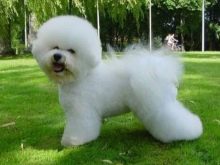
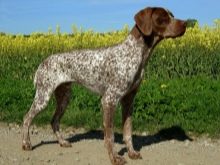
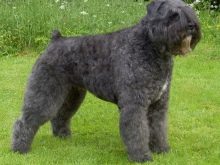
The sensitivity of pets is expressed in resentment against an increase in tone, especially against physical punishment. Trainers should avoid unnecessary harshness and rudeness. Brakki are white-brown in color. Brown spots have different saturation. Also noteworthy are French mastiffs, bulldogs, short-haired shepherds.
Basset Hounds are also an attractive French breed of dog. They have relatively short, curved legs. The body of animals is disproportionately elongated. They are covered with brown, juicy red and white spots. Such pets are persistent and proud, but good-natured and keep neutral and calm with children.
For this breed, hierarchy is essential. They behave in an invariably disciplined manner. If necessary, they will certainly come to the aid of the owners. The Basset Hound is tolerant towards other animals. You can also have a house and an Ariegeois hound.
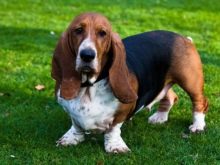
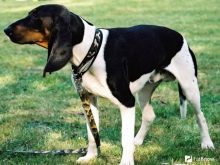
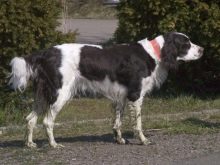
Australian
There are also various aboriginal dogs on the territory of the continental country. Australian Cattle Dogs (commonly referred to as the Kettle Dog) stand out for their impressive intellectual development. In this regard, they are at least not inferior to the Siberian husky or husky. The Australians are always loyal companions. They bravely defend their owners when needed. But in relation to members of their families, animals behave like friends, but do not show much impressive affection.
The height of the kettle dog can reach 0.42-0.5 m, and the weight varies from 15 to 20 kg. It is possible to keep it in the apartment, but it is not recommended. The demand for the breed is due to:
attractive appearance;
significant endurance;
excellent obedience;
unusual origin (from a dingo dog).
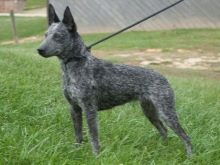


Spanish
On the territory of the Iberian Peninsula, of course, there are also aboriginal types of dogs. There are more than 30 of them, while some of them are still not included in the lists of the World Cynological Association.
Great reviews are coming in Spanish Alano, which has been used in the past:
when protecting herds of cattle;
when hunting bears, wild boars;
for fighting.
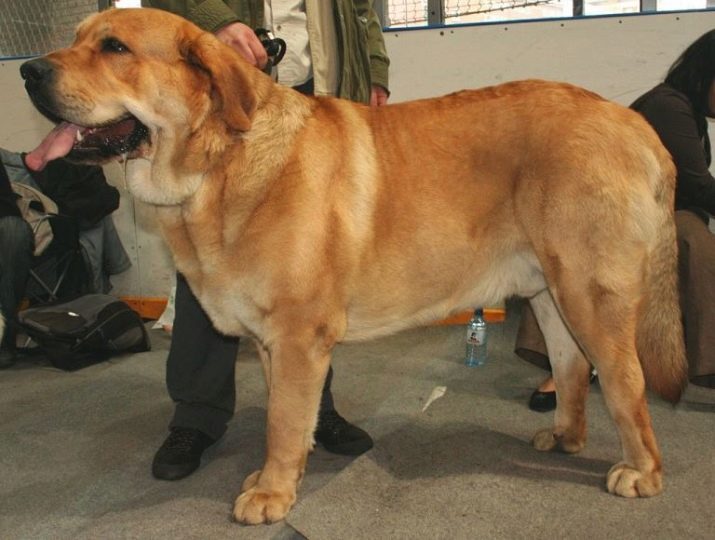
It is not surprising that these animals stand out for their courage and resilience. Alano rushes to meet a predator or other enemy, saving the owners, even if he himself is threatened with death. The Spanish Mastiff also has a good reputation. He was bred purposefully for the protection of herds, having done significant selection work.
Mastiffs are loyal to their masters, however, they require continuous care, otherwise they often withdraw and show aggression.
Since ancient times, people have known the Spanish galgo. It was widely used for hunting the hare and was considered one of the most valuable greyhounds in the world. Previously, there were special laws that strictly punished for his abduction or injury. But the Spanish water dogs have become popular companions. They were brought, as it is assumed, by traders from Turkey, and are distinguished by developed muscles, therefore they are excellent diving and fishing underwater.
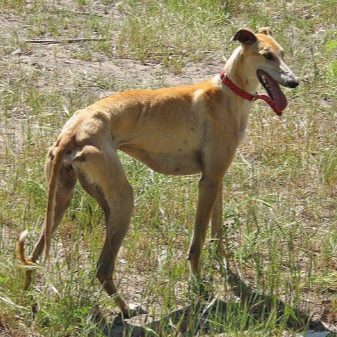
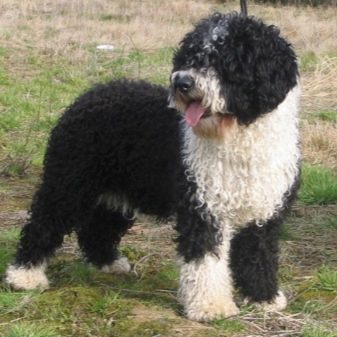
Korean
On the Korean Peninsula, there is such a breed of dog as Hindo, or, in other words, Chindokke. The growth of these animals can range from 0.45 to 0.55 m. Weight varies from 15 to 23 kg. Pets are characterized by pronounced sexual dimorphism. The breed is named after the island where it first appeared.
In the description of Korean dogs, it is worth mentioning that there are no written materials about their appearance. But there is reason to believe that the breed has existed since ancient times. It is believed that she became a side branch of the development of Mongolian dogs, although other versions exist. Individuals living on the island retain the characteristics inherited from their long-standing predecessors. Since 1962, Jindo has been declared a national treasure of the South Korean Republic. A special research center is engaged in their preservation and further development.
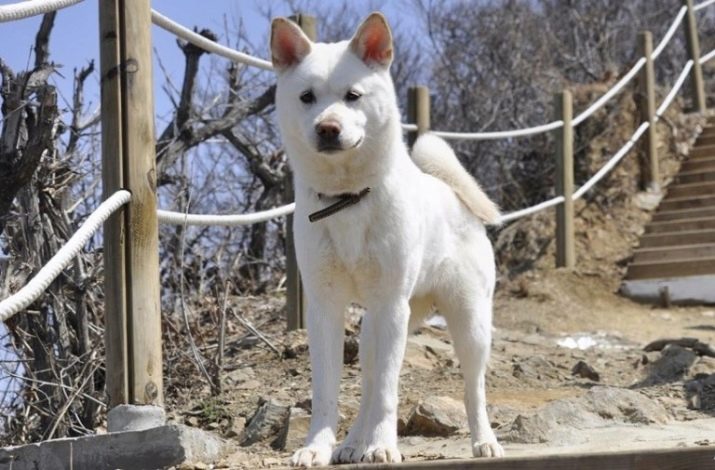
The difference from any other Pomeranian breed and hybrid is the proportions of the skull, head as a whole, muzzle and torso. Chindo is smart and strong, and he is alert. The breed has two types - muscular and slim. The State Cynological Association of South Korea usually distinguishes a third subtype - his body is elongated, and his chest is quite deep. Animals can be brindle, fawn, gray, white, black and black and tan.
The Phunsan hunting breed has been developed in the northern part of Korea. Its name comes from the highlands where these animals were first created. Outside the North Korean territory, the breed is practically not found. A characteristic feature is a powerful thick coat, predominantly white in color. Phunsan often has a hooked tail, and his ears are highly pricked up. These animals are agile and have great strength.
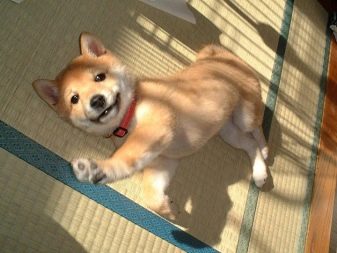
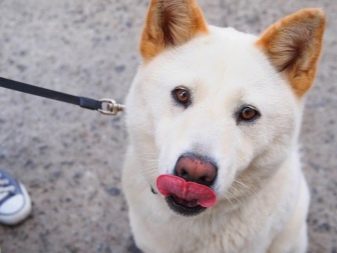
Scottish
On the territory of the northern part of Great Britain, there are widespread varieties of four-legged pets that are no less adapted to bad weather than the phunsan. Among them, the attention of dog breeders has long been drawn to the collie. This is not just one breed, but rather a whole conglomerate. Professionals usually breed border collies and bearded dogs. But the allocation of long-haired and short-haired animals causes intense debate.
Both the world organization of dog handlers and its Russian branch recognize them as two branches. But the British themselves believe that the short-haired collie should be considered separately. Long-haired dogs have a very vague origin. There are versions about their appearance from:
animals used by the Scottish Celts;
individuals brought to the island by the Roman conquerors;
Icelandic variety.
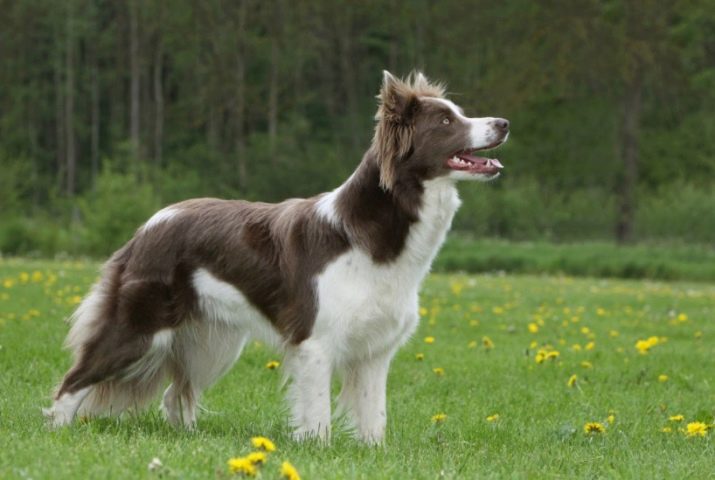
Collies were most widely spread thanks to the politics of the Victorian period. Then these shepherds began to be used as helpers for shepherds even in New Zealand and Australia. They were appreciated for their calm disposition and lack of malice. Later, when the relevance of the dog herd escort diminished, the same properties made it possible to make excellent domestic companions from the collie. In our country, they first appeared in 1904 as orderlies on the Japanese front.
In Scotland, there are also eared dogs - Scottish Terriers. Initially, they were used to hunt foxes, badgers and other inhabitants of deep holes. This breed has been purposefully developed since the 19th century. You can meet the Scottish Terrier almost all over the world. Animals are distinguished by powerful muscles; their head is strong, but at the same time proportional to the body.

Scottish setters also boast long ears. They are used as gun dogs. Along with the hunting application, the Scotsman can be an excellent companion. Cynologists suggest that this species is descended from spaniels. The sizes of individuals increased due to crossing with other dogs (usually it is assumed that they were pointers).
Breeders, with the support of hunters, have diligently standardized the setters. Such a specialist as A. Gordon tried to expel the snow-white color. He managed to create an ideal hunting dog for the conditions of Scotland. And it was Gordon's nursery that was home to the first setter to be transported across the Atlantic. At the beginning of the XXI century, the number of these animals in North America has significantly decreased and now they are extremely rare.

Varieties by color
White
Knowing the names of the breeds and their characteristics is, of course, important. But many people primarily pay attention to the coloring of pets. White animals look adorable, which is why you should start with them. Akbash dogs (bred in Turkey) are often an attractive choice. This breed has been rapidly gaining popularity in recent years.
She appreciates life outside the city, and in cramped rooms she does not feel very well.
The large white animal loves to play outdoors and does not tend to be aggressive. Akbash behaves carefully with small children, with full awareness of the emerging responsibility. Despite the color of this breed, which is considered to be a mark, the dog's coat remains clean for a long time. You will have to comb it out about 1 time in 7 days.
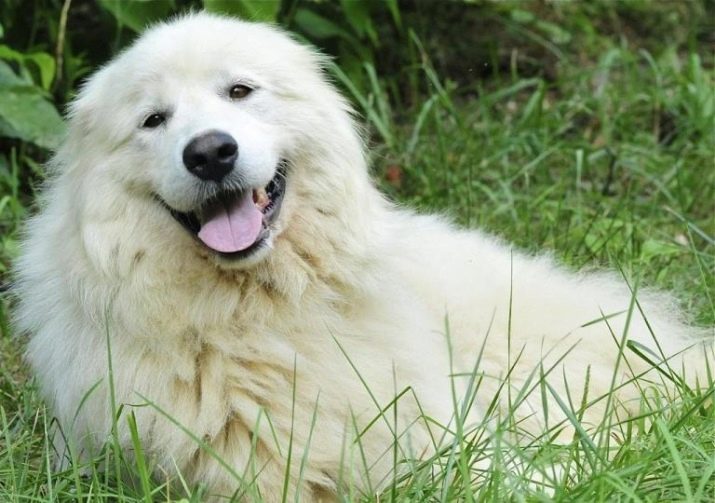
White color is also typical for the Argentinean mastiff - a kind of hybrid of Spanish mastiffs, bulldogs, wolfhounds of Ireland and a number of other dogs. The key basic breed is the fighting dog from Spanish Cordoba. Great Dane dogs can be violent, so careful training is imperative. Argentines are great at protecting their homes. They like active games, long walks.
The standard is white for bull terriers. It was obtained by hybridizing the English Bulldog with Dalmatians and Terriers. An energetic, strong dog is kind, he will enjoy any activities with the owners. But loneliness, even for a short time, is poorly tolerated.
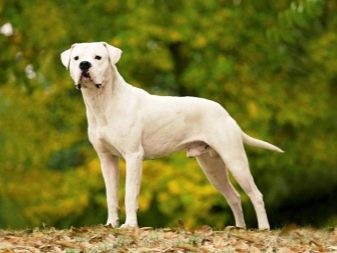
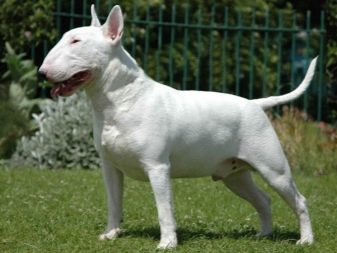
Black
Very dark wool is also popular with many people. In addition, such colors are often considered mystical and unusual looking. An example of black dogs is the Affenpinscher, which is also one of the smallest breeds. Affen are mobile and strong, well prepared to catch rodents. The comic effect of the appearance is due to the ape-like face and beard.
In France, there is also a black dog - barbet (although it may have other colors). These animals are of medium size. They are covered with coarse hair that stops cold and moisture. The barbets are described as:
friendly minded;
clearly executing commands;
fast learning dogs.
Barbetas are of great benefit in communicating with children, with families in general, and with people of age. The pet will be firmly connected with the whole family and will always be in the same room with the owners, if possible. Such an animal requires systematic physical exertion, without which its health is upset. Barbettes tend to have a craving for water, especially since coarse hair makes it easier to swim, regardless of the weather. Also noteworthy is the Black Belgian Shepherd Dog Groenendael.
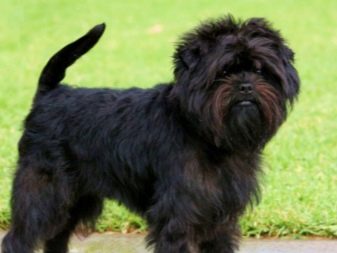
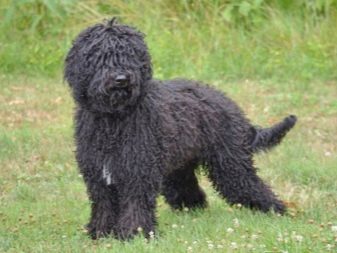
Redheads
This color is typical for Thai Ridgebacks. But these animals can have gray, black, and even bluish colors. Breeding animals began several centuries ago. Since visiting Thailand was then impossible for foreigners, for a very long time the breed remained unknown outside the country.
Thai Ridgebacks have been obtained by hybridizing Spitz dogs with common-looking hounds. The size of the dogs is not too large, their coat is also short. Animals are nimble. It is not difficult for them to jump high or climb to a high place. Loyalty to the family of owners is accompanied by suspicion of any strangers.
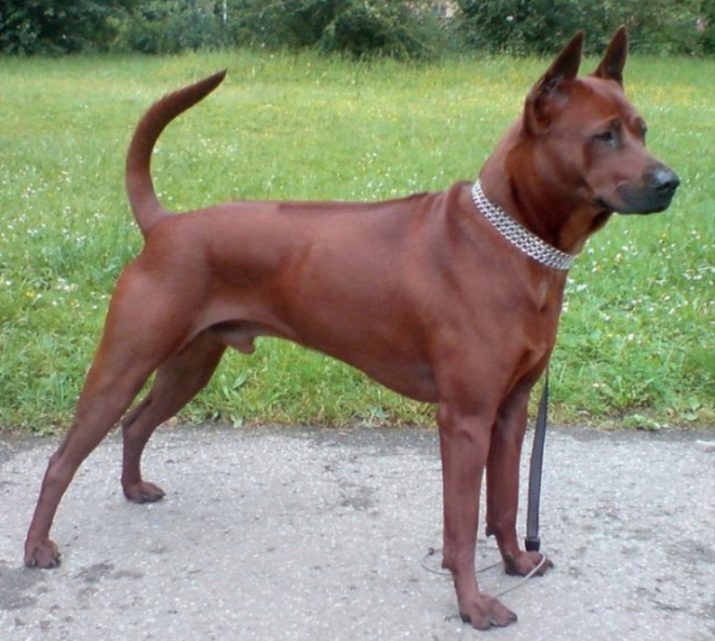
Brown
Brussels griffons have a corresponding color. The size of this dog is relatively small. She is able to live from 12 to 15 years. The descriptions indicate such traits of her character as:
a fair amount of alertness;
inquisitive disposition;
high emotional sensitivity;
vigilance in relation to everything unusual;
a sense of self-importance.
Griffons can have either coarse or smooth coats. Based on typical aesthetic standards, the breed is not all that beautiful. However, she displays an impressive personality and is appreciated wherever such animals appear. Despite the formal belonging to the "toy" category, the Griffons are by no means pampered.
They need to be fed strictly on schedule, since the slightest deviations are dangerous.
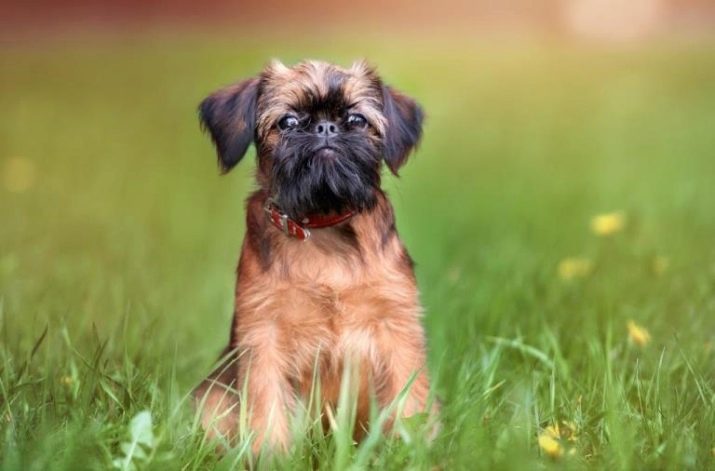
The brown color can also be characteristic of the poodle. It is a large dog of Germanic origin. They are used for gun hunting.The legs of the Poodle Pointer are straight, well set, and support the body securely. The coat of this breed is dense enough to protect it from the elements.
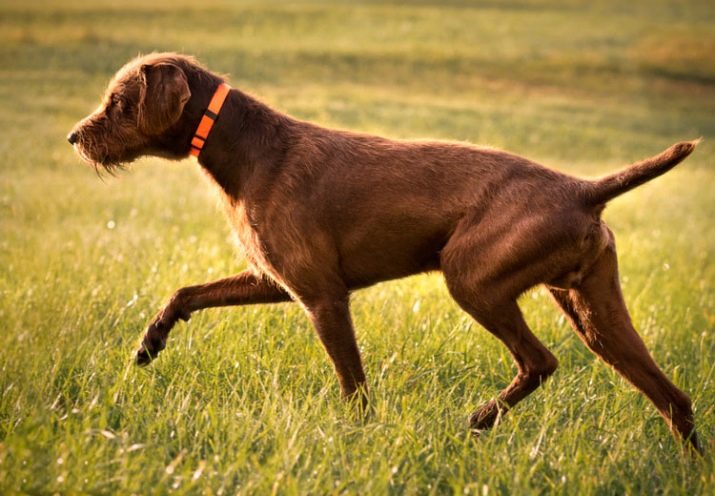
Multicolor
Sometimes one color of the dog does not suit people. Then it is useful to pay attention to individuals painted in two or more colors. An exceptionally effective option is the three-color collie pattern. Such dogs have a radically black background, with a glossy tint shimmering in the sun's rays.
Marble, also known as blue merle, is another color of this breed. Such animals were bred quite recently and have not yet had time to become widespread. The silver-blue background dominates in this color. Black marks, spots and veins are placed on top of it. That is why they talk about an elegant marble pattern.
The breed standard encourages tan markings. However, individuals should not be discarded if they are absent. The show jury is much stricter about the grayish or brown color of the awn and undercoat. Whitish markings are mandatory regardless of the specific color. A special term has even been coined for them - Irish spotting.
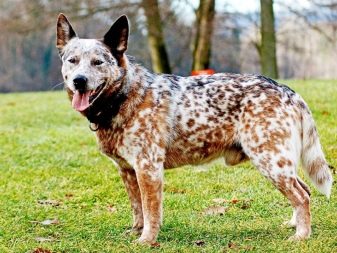
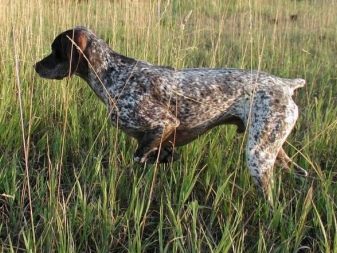
A good alternative is the Czech variegated dog. This animal was bred by Professor Horak with the expectation of obtaining an ideal companion. Adults are of average size. They are friendly towards the owners, do not cause them any inconvenience with their character and, in addition, they perfectly guard the yard and the house. Spotted dogs are adapted for life even on the street, do not require specific food and stand out for stable health.
Another type of multicolored animal is the Ecuadorian hairless catahula dog. Contrary to the name, these leopard-colored animals appeared in Guatemala during the hybridization of the Peruvian and Mexican branches. They are extremely difficult to find even in South America. There is not a single kennel or breeder offering to buy such puppies. Such animals are considered excellent hunting assistants, but they are unable to take a trail left more than 2 hours ago.
On the other hand, their tracking down of the game takes place in silence. Only occasionally there is a short barking, and then the pet becomes silent. It is common for catahula to keep a reasonable distance from the wearer. The predominant hunting specialization is hunting animals. The dog will not fight the wild animals themselves.
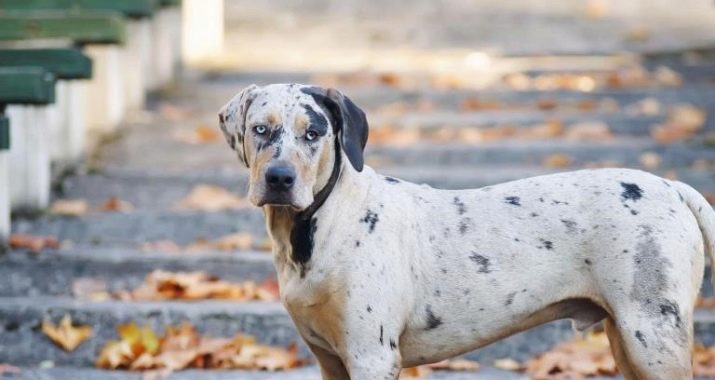
List of interesting breeds
Pet color information is, of course, not everything. Many people are interested in dogs with an unusual appearance, in particular, similar to lions. Bred such varieties, focusing on the formidable glory of the "king of beasts". A striking example of this is the Leonberger bred in Germany. The breeder wanted it to be a dog that looked like a lion from the city's coat of arms. In addition to their spectacular appearance, the Leonberger boasts suitability for guards and agricultural work. They are mainly used as companions these days. This is facilitated by their kindness and poise.
Of the smaller animals, attention is drawn to the Levhen, she is also a small lion dog. In connection with the disappearance of the need for a "court" pet by the beginning of the twentieth century, the breed almost disappeared, but then enthusiasts restored it.
But lion-like dogs have been bred outside Europe as well. Chow-chow is an expressive example. Their purpose is to protect homes and livestock, and partly to help in hunting. In the nature of animals, stubbornness and a devoted disposition are intricately intertwined. The characteristic external feature is the blue-black tongue.
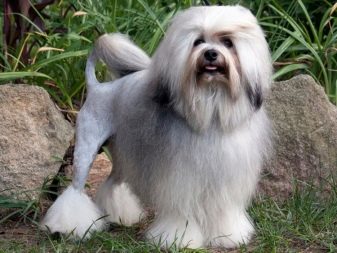
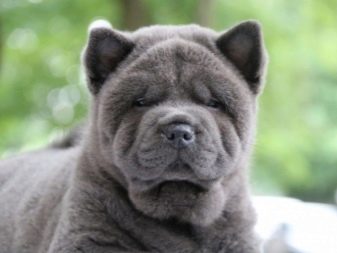
Tibetan Mastiffs are similar to the African predator in their mane. Such dogs are used for security purposes and as shepherds. They are quite strong and intelligent. This allows you to provide reliable protection against all kinds of dangers. At the same time, the pet remains calm almost always.
The South Russian Shepherd Dogs are also quite popular. They may not resemble the majestic African predator, but these banged dogs have tens of thousands of devoted followers. White dogs with a benevolent expression should not be fooled - their temper is cruel, and their courage is almost indestructible.
Having correctly positioned yourself in relation to the South Russian Shepherd Dog, there is no doubt that it will become an excellent helper and friend.
How this breed appeared, no one knows: already at the beginning of research, it existed in a significant number of individuals.

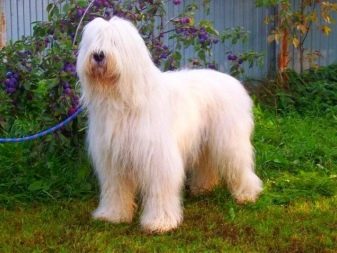
If we turn to the top of the known varieties of dogs, then they are guaranteed to get into it:
Yorkies;
German Shepherds and VEO;
rottweilers;
dobermans;
Labrador retrievers;
golden retrievers;
spaniels;
poodles;
Siberian huskies.
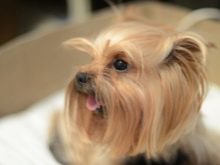
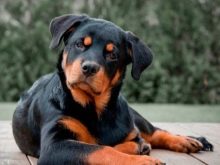
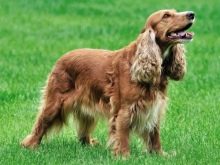
Some try to choose the laziest animals possible. They are ideal for busy people, as well as for those who do not want to reshape their daily schedule to suit the needs of the pet. A good choice in this case is the Neapolitan Mastiff. A seemingly aggressive appearance is deceiving. In reality, the character of the beast is affectionate and good-natured.
It is also useful to pay attention to:
greyhounders;
English Bulldogs;
basset hounds;
shih tzu.
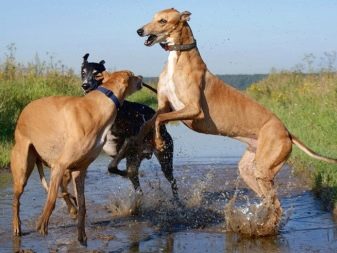
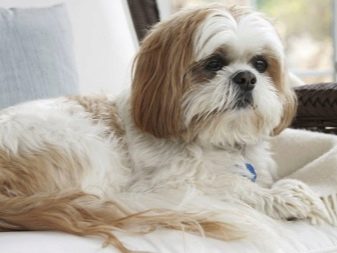
How to choose a pet?
But even the best and most affectionate, according to other people's reviews, breeds are not always suitable for people. Often, after a few months, a puppy that looks cute and gives fun with its behavior starts to create a lot of problems. In order not to have to get rid of the four-legged companion in different ways, it is necessary from the very beginning to choose it as thoughtfully as possible. Even if you liked one option right away, you should definitely get acquainted with other offers. It is possible that they will turn out to be even better in practice.
In this case, you should think about other subtleties:
financial opportunities;
the amount of free time;
the conditions for placing the animal in the house;
the preferences and needs of other family members.
You can often find mentions that only anti-allergenic animals are suitable as family animals. But everything is not as simple as it seems. If only because the allocation of hypoallergenic breeds is somewhat arbitrary. There are a large number of allergenic substances that appear during the life of a dog. And the danger always exists - the only question is its magnitude.
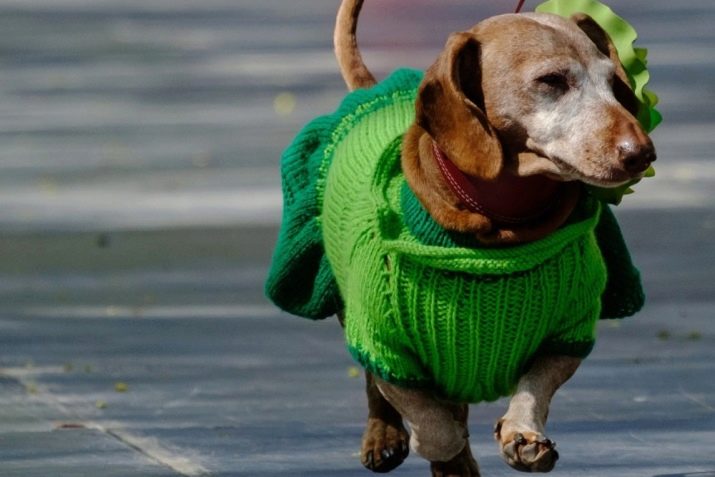
But allergies are not all. The home conditions of most people do not allow enough space for a large dog. She needs not only space for sleeping, but also for food, and several times more for walking in the house. Small pets will grow up quickly, much faster than babies. And therefore it is very dangerous to be deceived by choosing a modest-sized puppy.
The calmer the dog, the less problems it causes in the house.
But regardless of the breed, it is worthwhile to understand that small puppies will gnaw on slippers and clothes, wires and shoes, documents and wallets.
Sometimes it makes sense to purchase an older animal. It is necessary to immediately clarify what exactly the dog is needed for. As a simple companion and companion, it makes no sense to acquire expensive pedigree individuals.
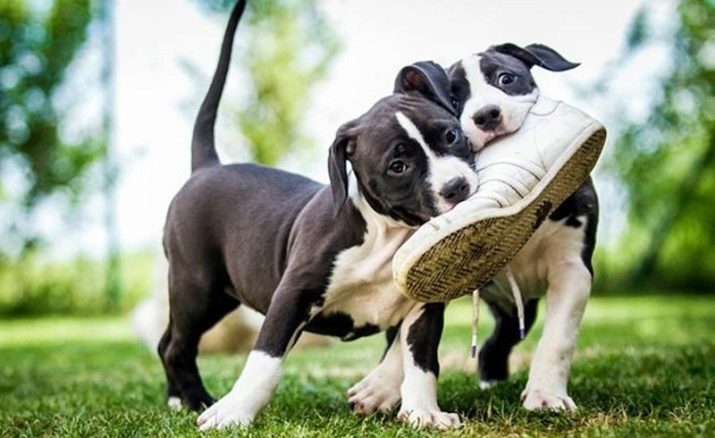
What breed of dog to choose, see the video below.






































